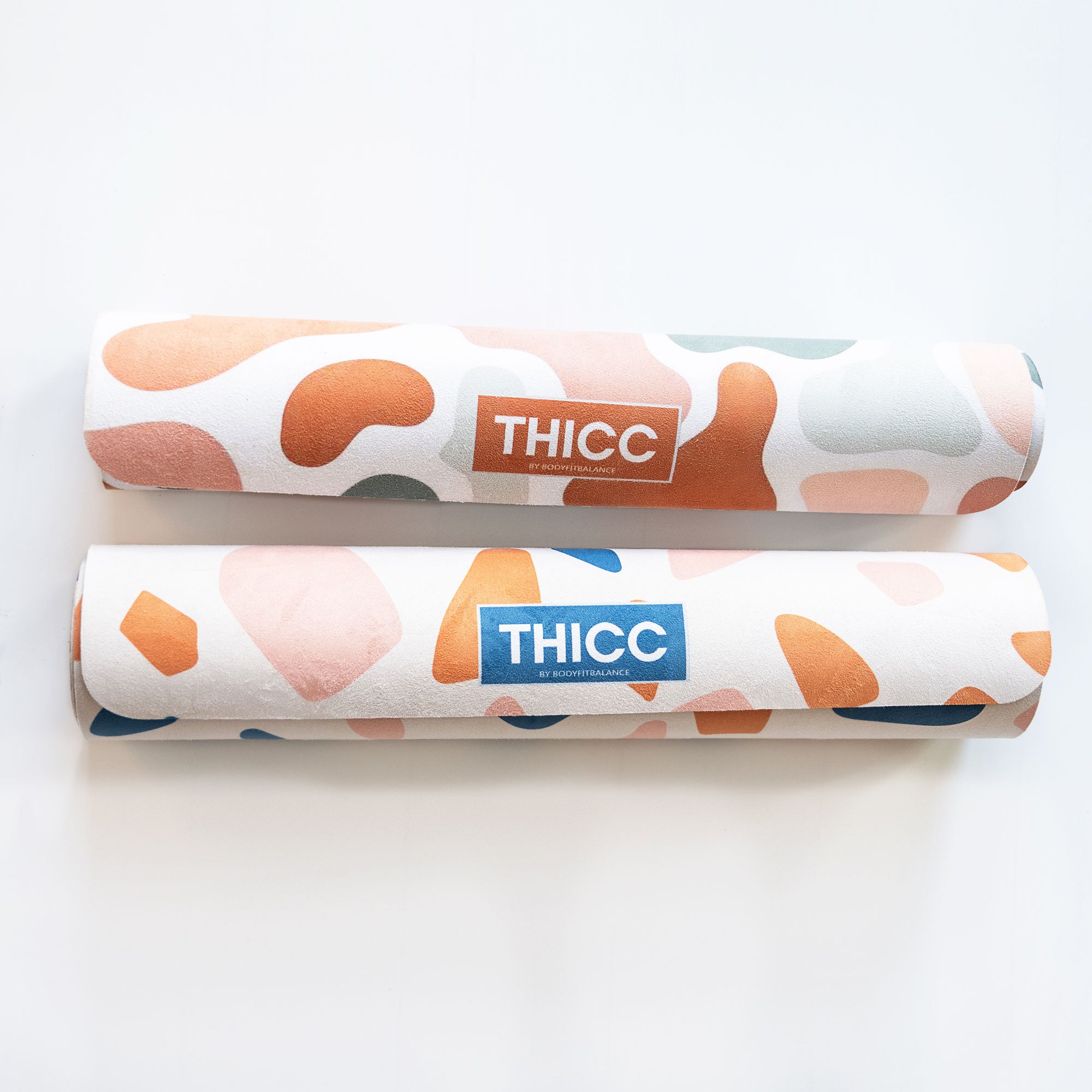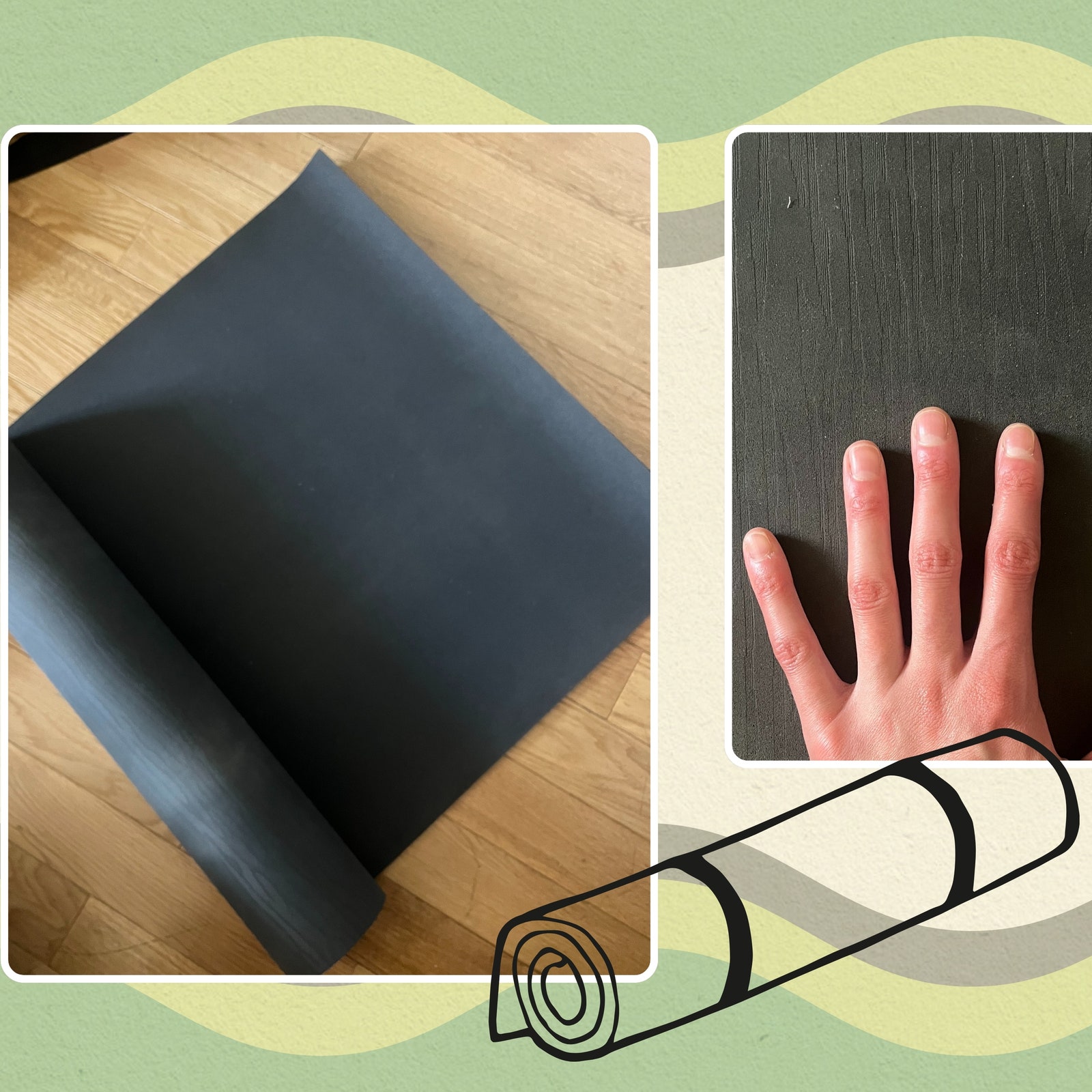How long does a yoga mat last? Yoga has become a popular form of exercise and relaxation for millions of people around the world. It is a practice that requires minimal equipment, with one essential item being the yoga mat. A yoga mat provides a comfortable and supportive surface for practitioners to perform their poses and stretches. However, like any piece of equipment, a yoga mat has a limited lifespan. In this essay, we will examine the factors that affect the longevity of a yoga mat and provide tips on how to extend its lifespan.

The Lifespan of a Yoga Mat
The lifespan of a yoga mat can vary depending on several factors. One of the most significant factors is the type of material used to make the mat. Common materials for yoga mats include PVC, rubber, TPE, and jute. PVC mats are durable and long-lasting, with a typical lifespan of 5-10 years with proper care. Rubber and TPE mats can also last several years, while jute mats tend to have a shorter lifespan of 1-3 years. The frequency and intensity of use also play a role in the lifespan of a yoga mat. Regular use and vigorous workouts can cause wear and tear on the mat, reducing its longevity.
Maintenance and Care
Proper maintenance and care can significantly impact the lifespan of a yoga mat. Regular cleaning is essential to prevent the buildup of sweat, dirt, and bacteria. Most yoga mats can be cleaned with a mild soap and water solution, while some can be machine-washed. It is important to thoroughly dry the mat after cleaning to prevent mold and mildew growth. Additionally, storing the mat in a cool, dry place away from direct sunlight can help prevent the material from deteriorating.
Environmental Factors
Environmental factors such as sunlight, heat, and humidity can also affect the lifespan of a yoga mat. Prolonged exposure to sunlight can cause the material to degrade and become brittle. High temperatures can cause the mat to become sticky and lose its grip, while humidity can lead to the growth of mold and mildew. It is important to take these factors into account when storing and using a yoga mat to prolong its lifespan.
Signs of Wear and Tear
It is essential to regularly inspect the yoga mat for signs of wear and tear. These may include fraying edges, discolored spots, or a loss of cushioning and support. If any of these signs are present, it may be time to replace the mat to prevent injury and maintain a comfortable practice.

Strategies to Extend Lifespan
There are several strategies that yoga practitioners can employ to extend the lifespan of their mats. Using a towel or yoga blanket on top of the mat can help reduce wear and tear by providing an additional layer of protection. Rotating the mat regularly can also help distribute the wear evenly. Additionally, investing in a high-quality, durable mat from the start can pay off in the long run by lasting for many years.
How to clean a yoga mat
Yoga has become an integral part of many people’s lives, providing not only physical exercise, but also mental relaxation and stress relief. However, after multiple uses, your trusty yoga mat can become a breeding ground for bacteria, sweat, and dirt. Therefore, it is essential to regularly clean your yoga mat to maintain its hygiene and extend its lifespan.
-
Daily Maintenance
One of the easiest ways to keep your yoga mat clean is by incorporating simple daily maintenance into your routine. After every practice, take a few moments to wipe down your mat with a clean cloth or towel. This will help remove any surface sweat, dirt, or oils that have accumulated during your session. Additionally, allowing your mat to air dry for a few minutes after each use can prevent moisture from building up and creating the perfect environment for bacteria to thrive.
-
Homemade Mat Spray
For a quick and natural cleaning solution, consider making your own mat spray using simple household ingredients. In a spray bottle, combine equal parts water and white vinegar, then add a few drops of your favorite essential oil for a pleasant scent. Shake the bottle well to mix the ingredients and lightly spritz your mat after each use. The antibacterial properties of vinegar will help kill germs and odors, while the essential oil will leave your mat smelling fresh.
-
Deep Cleaning
In addition to daily maintenance, it is important to deep clean your yoga mat regularly to remove deeply embedded sweat, oils, and bacteria. Depending on the material of your mat, there are several effective methods for deep cleaning.
For most yoga mats, a simple solution of warm water and mild detergent can work wonders. Fill a large bowl or bathtub with warm water and a few drops of gentle detergent, then use a soft cloth or sponge to scrub the entire surface of the mat. Once you have thoroughly cleaned the mat, rinse it with clean water to remove any soap residue, and lay it out to air dry. Avoid using harsh chemicals or abrasive scrubbers, as these can damage the material of your mat.

-
Machine Washing
If your yoga mat is machine washable, you can save yourself time and effort by tossing it into the washing machine. Before doing so, check the manufacturer’s instructions to ensure that machine washing is safe for your specific mat. Use a gentle cycle with cold water and a small amount of mild detergent to prevent damage to the mat’s surface. After washing, hang the mat to air dry completely before rolling it up for storage.
-
Using a Mat Cleaner
There are plenty of commercial yoga mat cleaners available on the market that are specially formulated to deep clean and disinfect your mat. These products come in spray bottles or wipes, making them convenient for quick and thorough cleaning. When using a mat cleaner, simply spray it directly onto your mat or wipe it down with the pre-moistened wipes, then allow the mat to air dry before using it again. Be sure to choose a cleaner that is suitable for the material of your mat, as some cleaners may be too harsh for certain types of mats.
-
Sunshine and Fresh Air
Another natural and effective way to clean your yoga mat is by exposing it to sunlight and fresh air. After cleaning your mat, hang it outside on a sunny day to allow UV rays to kill bacteria and odors. The fresh air will also help remove any lingering smells and moisture. Just be sure to avoid leaving your mat in direct sunlight for an extended period, as excessive heat can cause damage to some materials.
-
Storage Tips
Proper storage can also contribute to the cleanliness and longevity of your yoga mat. After each use, roll your mat loosely rather than tightly to allow air circulation and prevent moisture build-up. Additionally, store your mat in a cool, dry place away from direct sunlight and excessive heat. This will help prevent the growth of mold and mildew, and ensure that your mat stays clean and fresh for years to come.

Conclusion
In conclusion, the lifespan of a yoga mat is influenced by various factors such as material, use, maintenance, and environmental conditions. By understanding these factors and implementing proper care and maintenance, practitioners can extend the lifespan of their mats and continue to enjoy a safe and comfortable practice. Ultimately, while the lifespan of a yoga mat may vary, it is important to recognize when it is time to replace the mat to ensure a positive yoga experience.
